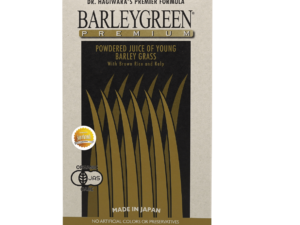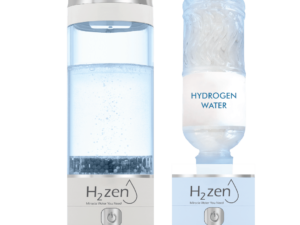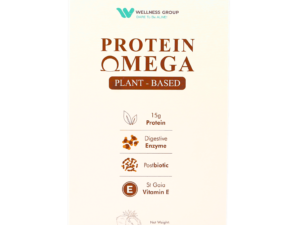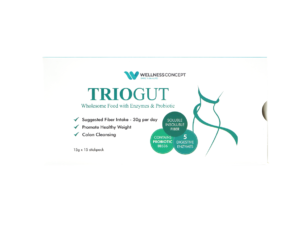Hydrogen water ppm: What’s optimal? Wellness Group
Surprising fact: a freshly mixed tablet can spike dissolved gas to nearly 10 ppm, yet most bottled options land below 1 ppm by the time someone drinks it.
Wellness Group explains why that gap matters for real-life benefits. They say aiming for a higher start point—around 5–6 ppm—helps preserve effective levels through pouring, delay, and warmth. This guide keeps things practical for readers in Malaysia.
The article shows how to pick the right bottle or device, test the concentration, and act fast so the best results reach the body. It also points to designs that hold gas better and offers plain tips on timing and handling.
For quick help, Malaysians can WhatsApp Wellness Group at +60123822655 during business hours: Monday–Friday 9:30 am–6:30 pm and Saturday–Sunday 10 am–5 pm.
Key Takeaways
- Start with higher initial readings to offset normal loss before drinking.
- Choose airtight, well-designed bottles or higher-end PEM/SPE devices for better retention.
- Test with simple methods or digital meters to verify results instead of guessing.
- Generate, test, and drink within a short time to capture peak concentration.
- Contact Wellness Group on WhatsApp for device advice and testing tips during listed hours.
Understanding the basics: PPM, PPB, and why hydrogen concentration matters
Readers need a clear metric to compare how much active gas is truly dissolved in each bottle or device. In lab terms, 1 ppm equals 1 milligram of dissolved hydrogen per liter, and 1 ppb equals 1 microgram per liter. That means 1 ppm = 1,000 ppb.
Molecular hydrogen dissolved in the liquid is the component that gives antioxidant and anti-inflammatory effects. Research and practical use show benefits often begin near 0.5 ppm and grow when levels reach the multi-ppm range after fresh generation.
It is important to know gas must stay dissolved to count. Bubbles that escape are lost dose before drinking. Devices and bottles vary in how well they hold dissolved gas, so two brands can feel very different even when both claim to produce hydrogen water.
“The number on the meter predicts the dose you actually get — measure close to the moment of drinking.”
- parts per million gives a practical litre-by-litre picture of intake.
- ppb offers finer granularity but the same underlying amount.
- Higher dissolved concentration at drinking time generally links to better potential health results.
PPM vs PPB in hydrogen water: what the units mean for real-world results
Unit labels can change how a product looks on paper, even when the actual dose stays the same.
Simple conversion: 1 parts per million equals 1 mg per litre, which is the same as 1,000 parts per billion.
That means a 3 parts per million reading equals 3,000 parts per billion. Many brands list ppb to show a larger, more “precise” figure. The physical amount does not change.
- Store-bought items often read about 0.3–0.8 ppm (300–800 ppb), which may deliver modest results.
- Higher-end SPE/PEM bottles typically reach 2.0–3.5 ppm (2,000–3,500 ppb) at generation.
- Poorly stored packaged bottles can fall to 100–500 ppb and underperform.
“A 500 ppb reading equals roughly 0.5 ppm — enough to start showing effects, but far from peak performance.”
Takeaway: focus on concentration at drinking time, not the unit format. Quick checks with a simple measurement tool keep expectations aligned with real results and research findings.
Hydrogen water ppm: What’s optimal?
Clinical and consumer reports offer clear ranges that link measurable concentration to likely results. Readers should match targets to goals and to real-world handling habits.
Evidence-based ranges: benefits from ~0.5 up to 4.0+
Reports indicate benefits often begin near 0.5 ppm. Many users aim for 1–2 for daily wellness and 2.5+ for stronger support.
Emerging best practice: targeting 5–6 to offset loss
Because gas escapes quickly after generation, aiming at about 5–6 ppm helps preserve an effective dose after pouring and waiting.
Matching goals to levels: everyday, recovery, therapeutic
- Daily wellness: ~1–2 for routine support.
- Athletic recovery: 3+ for more intensive needs.
- Short peak dosing: tablets can hit 8–10 briefly if consumed right away.
“Start higher if you expect delays — generation, pouring, and heat all cut levels fast.”
| Goal | Typical start | Common devices |
|---|---|---|
| Daily wellness | 1–2 | Premium bottles (SPE/PEM) |
| Recovery | 2.5–4+ | High-end generators, fresh tablets |
| Peak short-term | 8–10 (brief) | Fresh tablets consumed immediately |
How to measure hydrogen concentration accurately and on time
Good testing turns guesses about concentration into clear, actionable numbers. Reliable measurement starts with choosing the right tool for the moment. Fast checks, precise meters, and lab confirmation each have a place in a sensible routine.
Titration drops offer a quick color-change check that fits everyday use. A handheld digital meter gives an instant numeric readout and better precision for tracking daily performance.
Lab verification is reserved for new devices, marketing claims, or clinic-level validation. It gives the most reliable certification when accuracy matters.
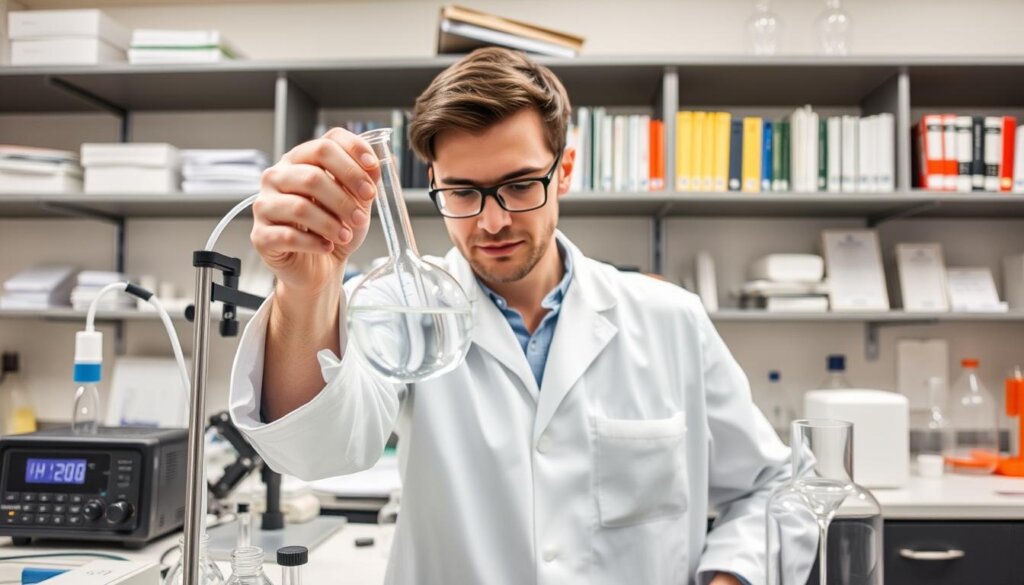
Tips for timing and technique
- Test immediately after generation; the biggest drop happens in the first few minutes.
- Note the reading, then drink fast to capture peak ppm and best results.
- Pour gently and keep the bottle closed to limit hydrogen gas loss.
- Compare drops, meters, and occasional lab reports to spot device issues.
- Keep a simple log of measurement, time, and handling to see what works.
“Measure right at the moment of use — that reading predicts the dose someone actually gets.”
They should treat measurement as a routine. Regular checks help confirm a bottle or device performs day to day and offer simple fixes when readings fall short.
Devices and technology that influence hydrogen levels
Practical device choices decide how much dissolved gas a drinker actually gets. The key is pairing the right electrolysis method with build quality so generated gas remains in the bottle until use.
Why SPE/PEM electrolysis and quality electrodes matter
SPE/PEM membranes separate hydrogen from oxygen and reduce byproducts. Modern systems use platinum-coated titanium electrodes for durable, efficient generation that supports higher retained concentration.
Design essentials: airtight lids, cycle length, and retention
Good design keeps gas from escaping. Airtight, pressure-sealed chambers and tight caps protect levels between generation and the first sip.
- SPE/PEM electrolysis is the current standard for cleaner production.
- Platinum-coated titanium electrodes last longer and keep output steady.
- Longer or repeat cycles raise dissolved gas only if the bottle can retain it.
- Cool, clean water and regular cleaning prevent scale and help consistent performance.
- Compare hydrogen water bottles by asking for typical ranges, retention times, and third-party verification.
| Feature | Why it matters | Practical check |
|---|---|---|
| Membrane type | Cleaner separation, less oxygen | Ask if device uses SPE or PEM |
| Electrodes | Durability and steady generation | Look for platinum-coated titanium |
| Seal & lid | Retention of dissolved gas | Test for leaks and firm closure |
“Strong generation plus smart design is the most reliable path to higher levels and better outcomes.”
Step-by-step: the practical way to reach and keep target concentrations
Small, repeatable habits turn device claims into real, measurable results at the moment of use.
Generate fresh, drink fast
Generate just before drinking to capture peak concentration. They should avoid long waits and pour gently to limit gas loss.
Keep the lid closed until the first sip and prefer cooler liquids to help retention. For on-the-go use, generate right before leaving and use airtight bottles for transit.
Optimize settings and water quality
When a device permits longer or repeated cycles, they increase generation time to raise levels while watching for over-venting.
Regular cleaning prevents scale buildup and preserves electrode performance. Tight seals and well-made caps matter—small leaks cut results between generation and drinking.
Verification habit: periodic testing
They build a simple testing routine: quick titration drops or a handheld meter right after generation to measure hydrogen and record the reading.
Regular checks reveal drift and guide adjustments to cycle length, temperature, or handling to protect real-world results and experience.
- Generate in the bottle, test quickly, drink promptly.
- Pour low, keep lids closed, and avoid warm or windy delays.
- Fine-tune cycles and keep water cooler for better retention.
- Maintain seals and clean electrodes to sustain performance.
- Log tests and adapt use for workouts or recovery timing.
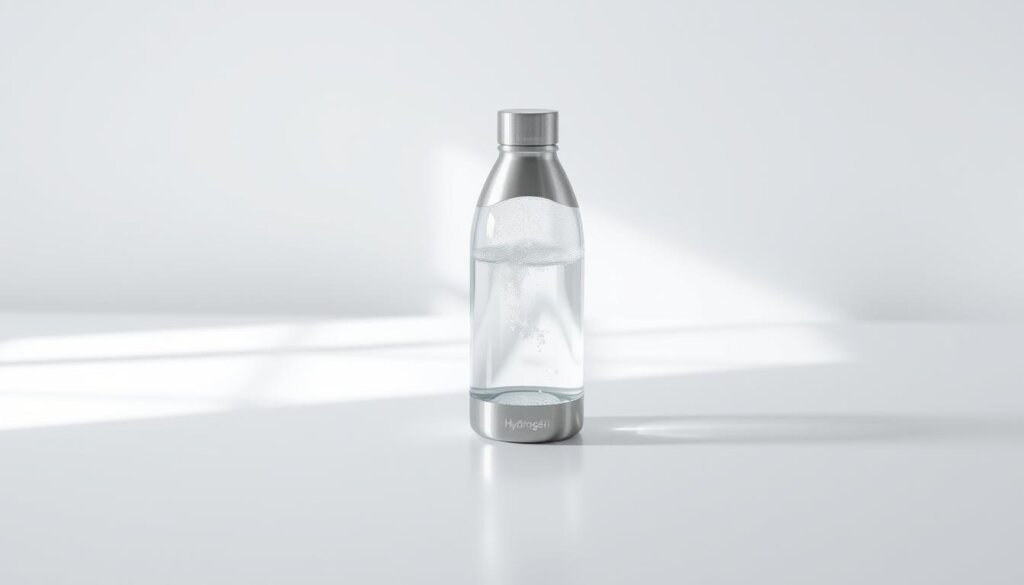
| Quick check | Action | Why it helps |
|---|---|---|
| Immediate test | Use drops or meter | Confirms real concentration at time |
| Seal test | Inspect lid and cap | Stops leaks that drop levels |
| Maintenance | Clean electrodes weekly | Preserves steady generation |
For more guidance on safe use, handling, and testing tips from a local team, see the Wellness Group guide on hydrogen water for cleansing.
Wellness Group support in Malaysia: get guidance, testing tips, and devices
Wellness Group offers personalised help so readers pick bottles and devices that match their goals. They explain technology choices and show how to verify readings with simple tools.
Contact them on WhatsApp at +60123822655 for product advice, measurement support, and local demos. Responses come during business hours listed below.
Contact details and hours
WhatsApp: +60123822655
Business hours: Monday–Friday 9:30 am–6:30 pm; Saturday–Sunday 10 am–5 pm.
What they help with
- Interpreting ppb levels and converting readings into clear concentration targets.
- Choosing SPE/PEM-based technology and evaluating electrode and seal quality.
- Deciding between tablets and a hydrogen water bottle based on lifestyle and timing needs.
- Step-by-step measurement guidance using titration drops or a digital meter.
- Maintenance tips: cleaning cycles, seal checks, and cycle adjustments for steady results.
- Local availability, demos, and links to research-backed ranges to set realistic expectations.
“Small changes in handling make big differences in results — ask for a quick demo to see the effect.”
| Service | What to expect | When to contact |
|---|---|---|
| Device selection | Recommendations for bottles, SPE/PEM tech, and electrode quality | Any business hour |
| Measurement help | How to use titration drops and meters; ppb interpretation | Immediate guidance via WhatsApp |
| Maintenance & demos | Cleaning routines, seal tests, and in-person or virtual demos | Bookable during listed hours |
Conclusion
A simple rule, aim to generate a higher starting concentration so routine pouring, delays, and warmth do not strip away the dose before drinking.
Practical steps help turn research into daily benefit. Choose SPE/PEM devices or reliable tablets, keep caps tight, clean bottles regularly, and test readings fast.
They should focus on the final concentration they actually drink — not just the initial number on a meter. By pairing good technology with quick generation and prompt intake, users in Malaysia can protect much hydrogen and keep potential health benefits consistent.
FAQ
What does parts per million (PPM) and parts per billion (PPB) mean for dissolved gas levels?
PPM and PPB are concentration units that describe how much gas is dissolved in a volume of liquid. One part per million equals one milligram per liter roughly, while one part per billion is one thousand times smaller. For someone tracking dissolved gas, PPM gives a practical reading for everyday use, and PPB can look more precise but may not change the real-world effect when readings are very low.
How should a consumer interpret PPB readings that seem very precise?
Very fine PPB readings can be misleading because small measurement errors, temperature shifts, and rapid gas loss alter actual levels. Devices that report in PPB can give a false sense of stability. It is better to focus on reliable testing methods and timing rather than a single ultra-precise number.
What concentration range has evidence suggesting benefits for general wellness and recovery?
Research and practical reports suggest benefits begin to appear at modest concentrations around 0.5 up to about 4.0 in common testing units. Many users see routine wellness and mild recovery support within that range, depending on frequency and individual factors.
Why do some protocols recommend aiming higher, like 5–6 units, before accounting for loss?
Filling a bottle and then drinking later leads to inevitable gas loss from diffusion and handling. Targeting a higher starting concentration helps ensure a meaningful amount remains by the time someone consumes the drink, especially if they cannot drink immediately after generation.
How can someone measure dissolved gas accurately at home?
Reliable approaches include certified digital meters and titration kits designed for dissolved gases. For the most accurate confirmation, periodic laboratory verification helps validate home devices. Users should follow the device instructions and test immediately after generation for best results.
When is the best time to test and to drink to capture peak levels?
Test and consume immediately after generation or activation. Levels fall quickly with exposure to air, pouring, or heat. Drinking within minutes preserves the highest concentration and gives the most consistent experience.
What device features most influence achievable concentration and retention?
Electrolysis technology quality (for example, SPE/PEM cells), high-grade electrodes, airtight bottle design, and appropriate cycle length all matter. Better seals and optimized cycles reduce losses and yield stronger, more consistent concentrations.
What practical steps help reach and keep target concentrations during use?
Generate close to the time of consumption, keep the container sealed, avoid pouring into open cups, and minimize exposure to heat. Also use filtered, clean source fluid and follow manufacturer settings to maintain consistent output across sessions.
How often should someone verify device performance in real life?
A periodic verification routine—such as monthly checks with a handheld meter and annual lab confirmation—helps detect drift, wear, or water-quality effects. Frequent users may test more often when changing source water or settings.
Are tablets and tablets-plus-devices a dependable way to reach target levels?
Tablets can be convenient and may produce measurable dissolved gas, but results vary by formulation, water quality, and temperature. For consistent higher output, dedicated generation devices with validated technology tend to perform more predictably.
How does Wellness Group in Malaysia support customers with testing and device choices?
Wellness Group offers guidance on product selection, measurement tips, and troubleshooting. Customers in Malaysia can contact support via WhatsApp at +60123822655 for advice and device recommendations during business hours.
What are the support hours for product advice and measurement help?
Live support is available Monday through Friday from 9:30 am to 6:30 pm, and weekends from 10 am to 5 pm. The team can assist with setup, testing routines, and interpreting readings.

Khloe Tan
Khloe Tan is a Certified Nutritionist, Corporate Wellness Trainer, and Holistic Health Specialist with over 15 years of experience in the health and wellness industry. She has delivered more than 100 talks nationwide, inspiring and educating diverse audiences on nutrition, lifestyle, and sustainable wellness. Her work has positively impacted over 3,000 lives, and she continues to champion holistic approaches to well-being in both corporate and personal settings.
Feature Product
-
Hydrogen Water FIlter/Generator
H2zen Portable (White/ Blue)
RM2,600.00 Add to cart Buy NowRated 0 out of 5
